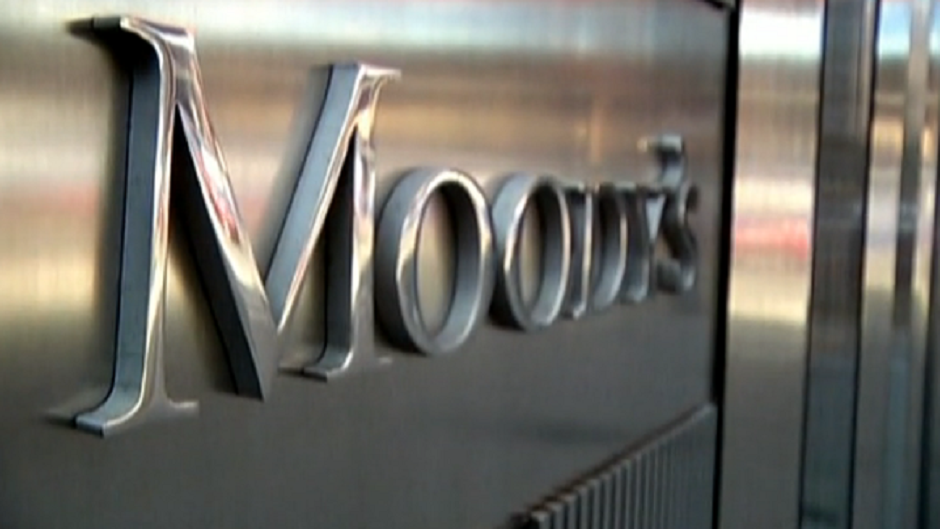
Croatia's (Ba2 stable) credit profile reflects the balance of its fiscal consolidation and EU membership supporting the strengthening of institutions, and credit challenges which include the economy's weak potential growth and the government's slow pace of structural reform, Moody's credit rating agency said.
"Croatia's debt-to-GDP ratio looks likely to have fallen below 80 percent in 2017, a year earlier than we expected and an improvement of almost 4 percentage points since 2016," said Evan Wohlmann, a Moody's Vice President and co-author of the annual credit analysis report released by Moody's Investor Service on Thursday (March 15).
Further gradual declines of the debt-to-GDP ratio are expected in the coming years, the report said.
"This prudent budget performance allowed Croatia to exit the EU's Excessive Deficit Procedure (EDP) in June last year and supports our view that the sovereign will be able to maintain fiscal deficits below 3% going forward," Wohlmann added.
Moody's expects Croatia's growth to remain robust in 2018, decelerating slightly to 2.7 percent, in line with the second half of 2017, moving closer to Moody's medium-term forecasts of 2-2.5 percent GDP growth. Nevertheless, the potential for a disorderly restructuring of Agrokor, Croatia's largest private company, will continue to pose material downside risks to the economy, Moody's said in the report.
Domestic demand key driver of growth
According to the report, domestic demand will remain the key driver of economic growth in Croatia, with private consumption supported by further improvements in the labour market, wage rises and a robust consumer confidence.
Croatia's low fiscal strength reflects the country's elevated debt-to-GDP ratio, which stems from relatively low nominal growth, previous high budget deficits and the assumption of state-owned enterprise (SOE) debt, as well as costs relating to the restructuring of SOEs, Moody's said.
Croatia's susceptibility to event risk is low, despite some degree of political uncertainty continuing to weigh on the policy environment following the formation of a new coalition government in June 2017. Banking sector risks also remain low, supported by improving asset quality and increased domestic lending.
According to the report, the rating could improve if the coalition government were to introduce economic and fiscal reforms that improved Croatia's long-term economic potential and secured a downward trajectory in public indebtedness closer to the Ba-rated median.
Downward pressure might occur if the country is unable to implement a comprehensive structural reform programme in the coming years, given that such a failure would likely lead to weaker growth and increase its public debt in the long term, Moody's said.
Standard & Poor's to update Croatia's credit rating later this month
Moody's is scheduled to publish the next update on Croatia's credit rating in August, said Poslovni dnevnik on Friday (March 16).
In January this year Fitch credit rating agency upgraded Croatia's rating from BB to BB+, with a stable outlook, on account of stable economic growth, strong tourist season and improvements in public finances. This was the first upgrade of Croatia's credit rating since 2004.
Fitch holds Croatia's rating as one level below investment-grade, while Moody's and Standard & Poor's (S&P) rate it two levels below. In addition, Moody's reports a stable outlook, while S&P - which is expected to release an update later this month - holds it positive, Poslovni dnevnik reported.
Kakvo je tvoje mišljenje o ovome?
Pridruži se raspravi ili pročitaj komentare



 Srbija
Srbija
 Bosna i Hercegovina
Bosna i Hercegovina
 Slovenija
Slovenija







